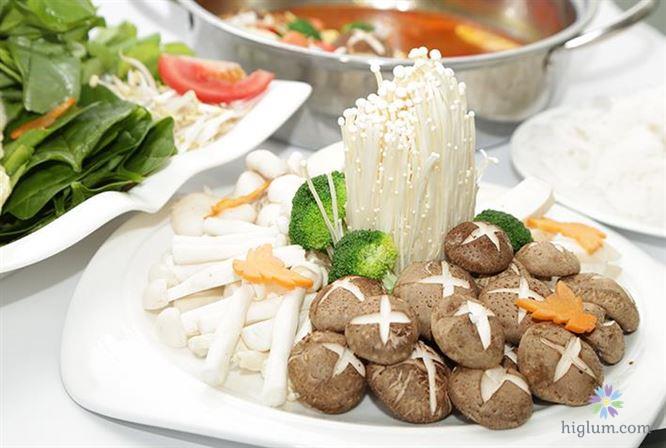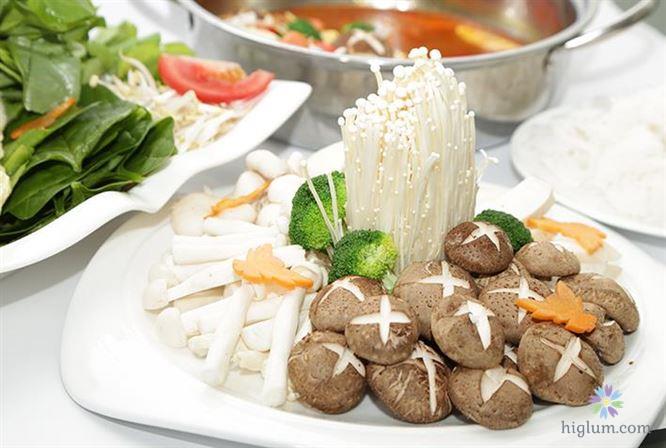No products in the cart.
[Nguyên Liệu Nấu Lẩu Kiritanpo Nabe Nhật Bản, Các Bước Nấu] Lẩu Kiritanpo Nabe là món ăn truyền thống Nhật Bản, được biết đến với sự kết hợp độc đáo giữa kiritanpo, một loại bánh gạo nướng hình trụ, và nước dùng dashi đậm đà. Món ăn này thường được phục vụ trong những ngày […]


